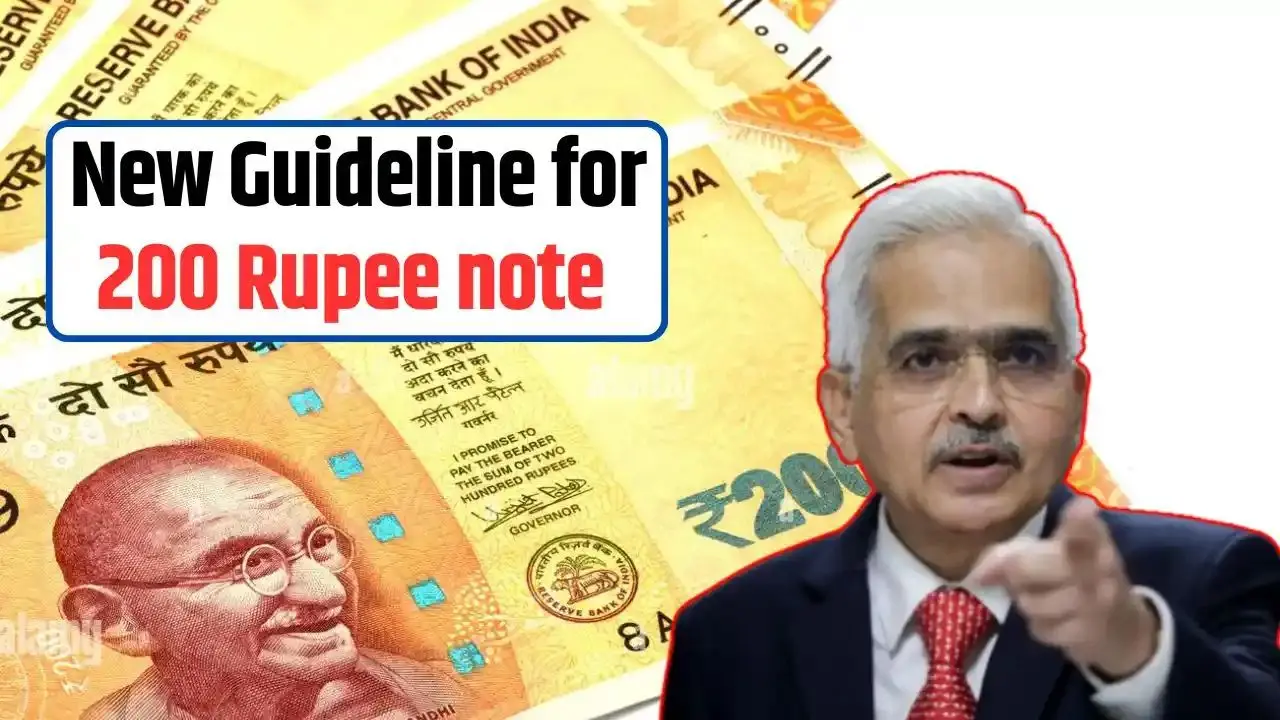The Reserve Bank of India (RBI) has issued “fresh guidelines on ₹200 note for smooth circulation and better management with circulation of the notes”. This latest move has been aimed at the prime central bank’s ongoing efforts to “optimize cash management” in solving the problems brought by lower-denomination notes circulation.
Key Changes in the Guideline
Circulation Enhancement: It is meant to ensure that ₹200 notes are available without hassle in both urban and rural branches of banks; this measure is designed to adapt to the constantly growing sheer increase in demand for small denominations for daily transactions.
Quality Checks: This time, significant emphasis is on the checking of quality of ₹200 notes currently in circulation. Such rule has been taken by RBI in order to urge the banks to separate the dirty or torn notes by replacing quickly to avoid inconvenience for the users.
ATMs and Cash Dispensers: It is a rule to recalibrate ATMs in a way that they can dispense a combination of ₹200 notes with higher denominations like ₹500 and ₹2,000. Such a process believes that an end will be put to issues of cash withdrawal and to lesser dependency on larger denominations.
Public Awareness: The public will be alerted to the need to be educated by all the banks so that they will be able to recognize the right ₹200 note and to discourage counterfeit notes from immediate reporting.
Implications of the Update
Introduced in August 2017, the Rs 200 denomination was proposed to help bridge the wide gap between Rs 100 and Rs 500. Though released to articulate good plans of the currency system, issues appeared in emerging practices on the ground. The broad sense of these new guidelines is to ensure everything is covered by them, ensuring that people will get good accessibility, better transactions, and a positive feeling in them to this currency note itself.
For poor traders particularly, the movement of the ₹200 notes is expected to facilitate cash payments, while small vendors and others in kind will feel ease in their transactions. Small denominations will reduce a lot of reliance on change every day and make the various transactions more convenient from a consumer perspective.
Conclusion
Therefore, the introduction of the Rs 200 notes by the RBI is just a smaller step to strengthen the economy, especially when it comes to economy and cash currency. The move is expected to improve the circulation of Rs 200 notes by making them more accessible to the public and consequently encouraging wider usage of the denomination. It is, of course, expected that this will take some time to achieve full implementation and be fully effective, but it is at least a move in the direction where long-standing concerns such as those related to Rs 100 rather Rs 200 will now be more appropriately addressed.



